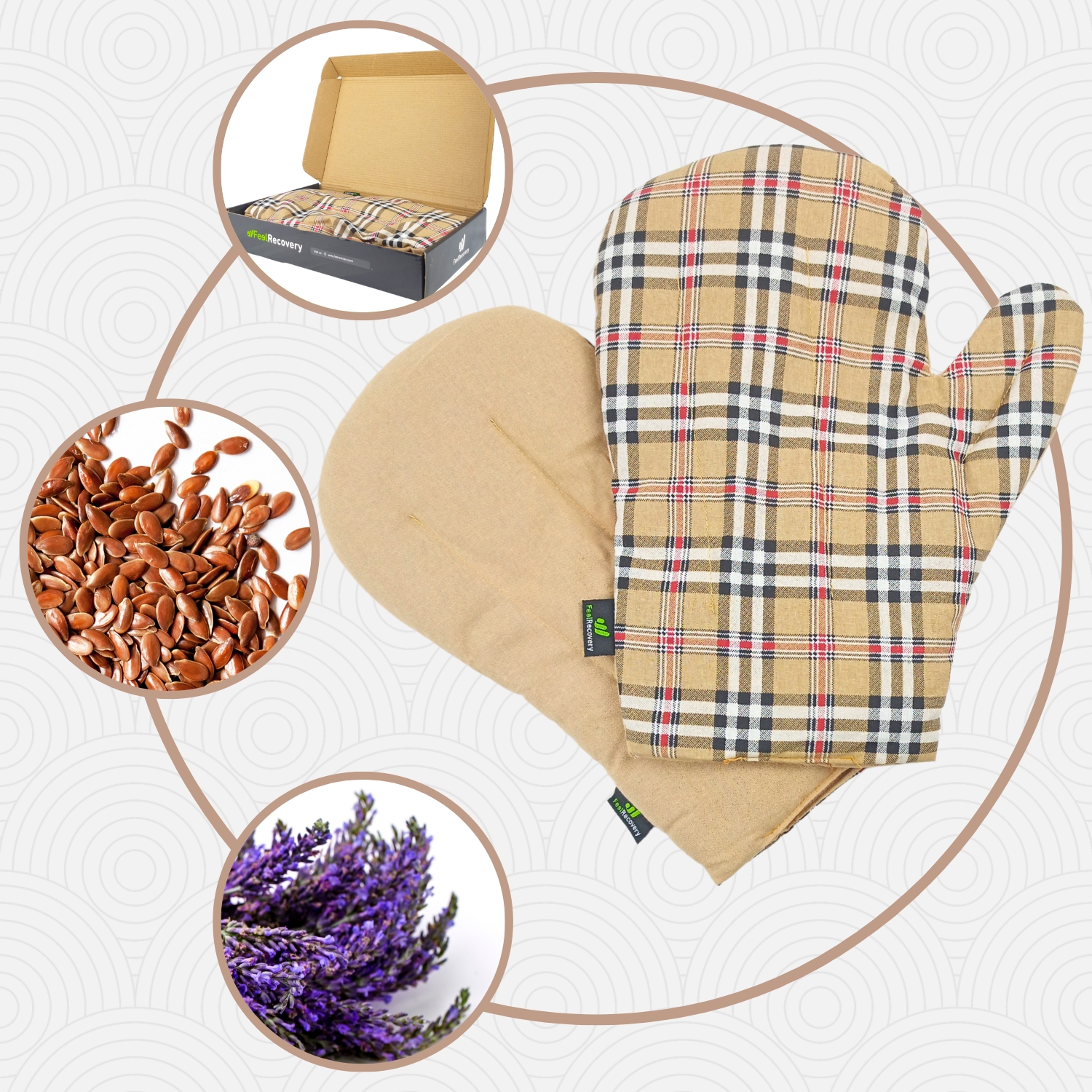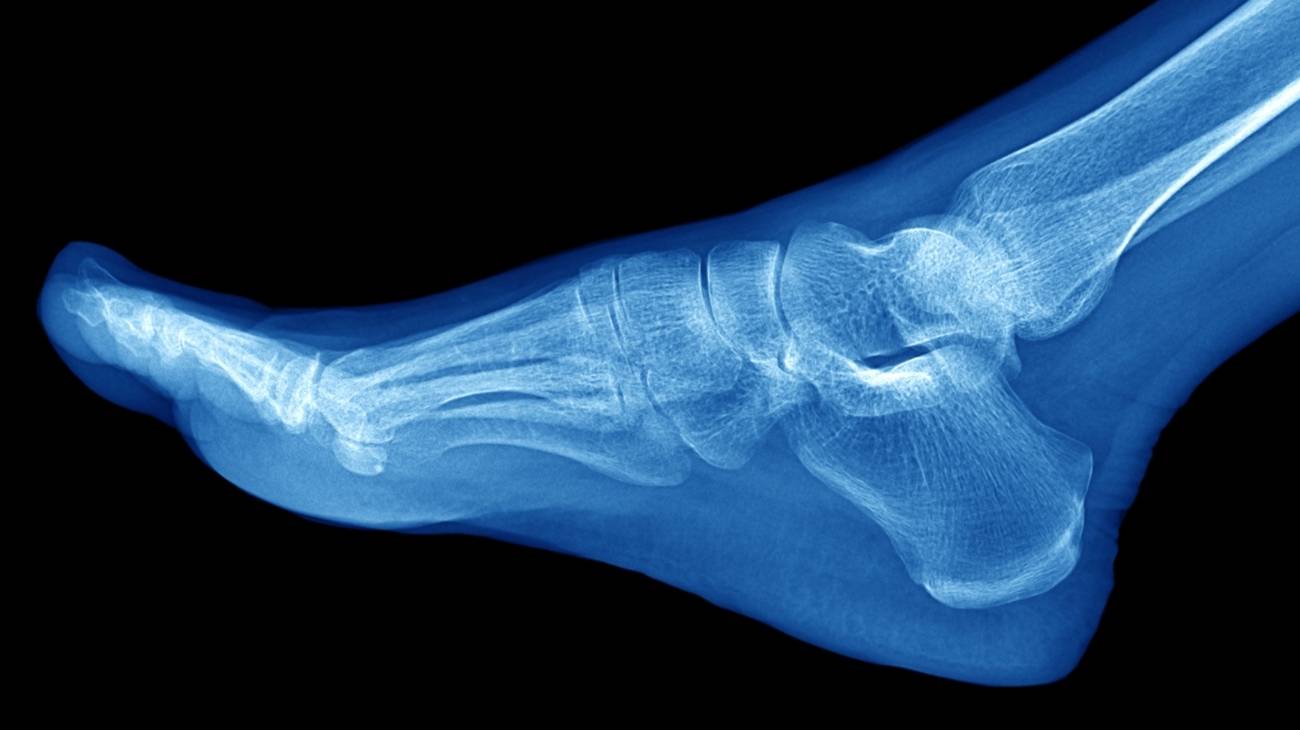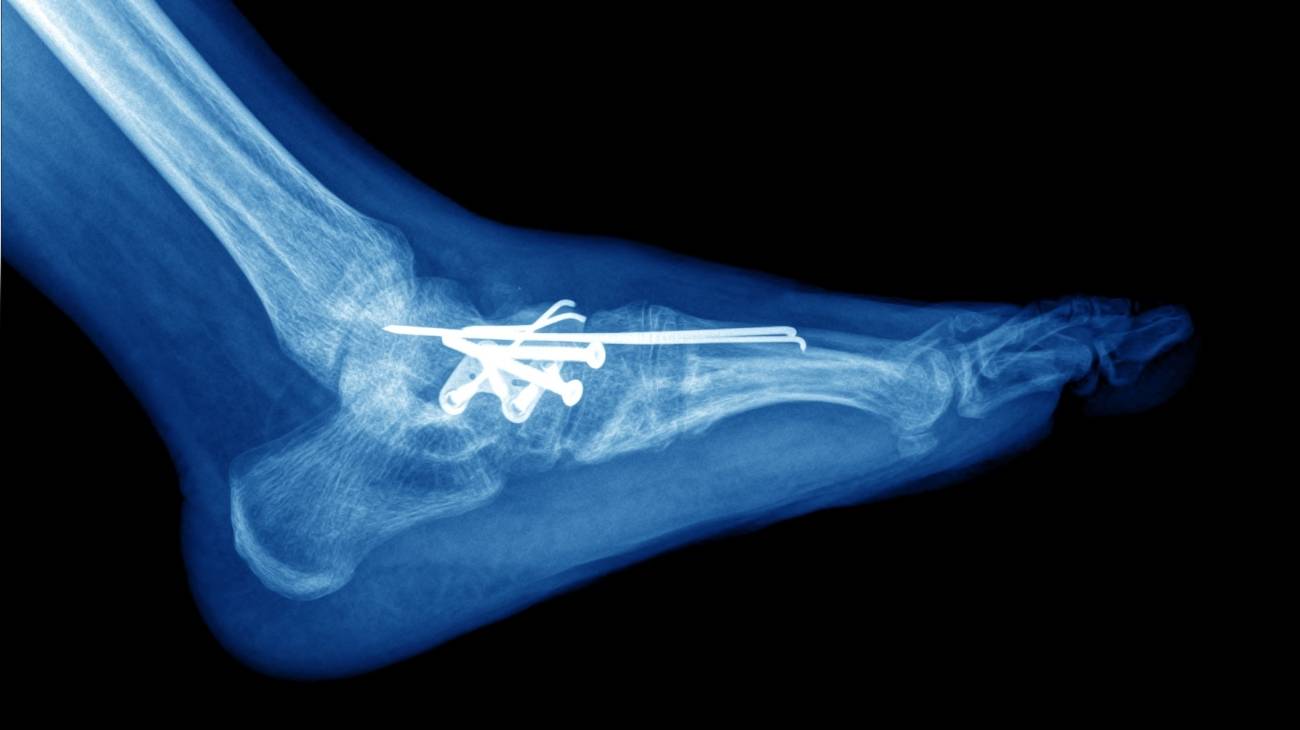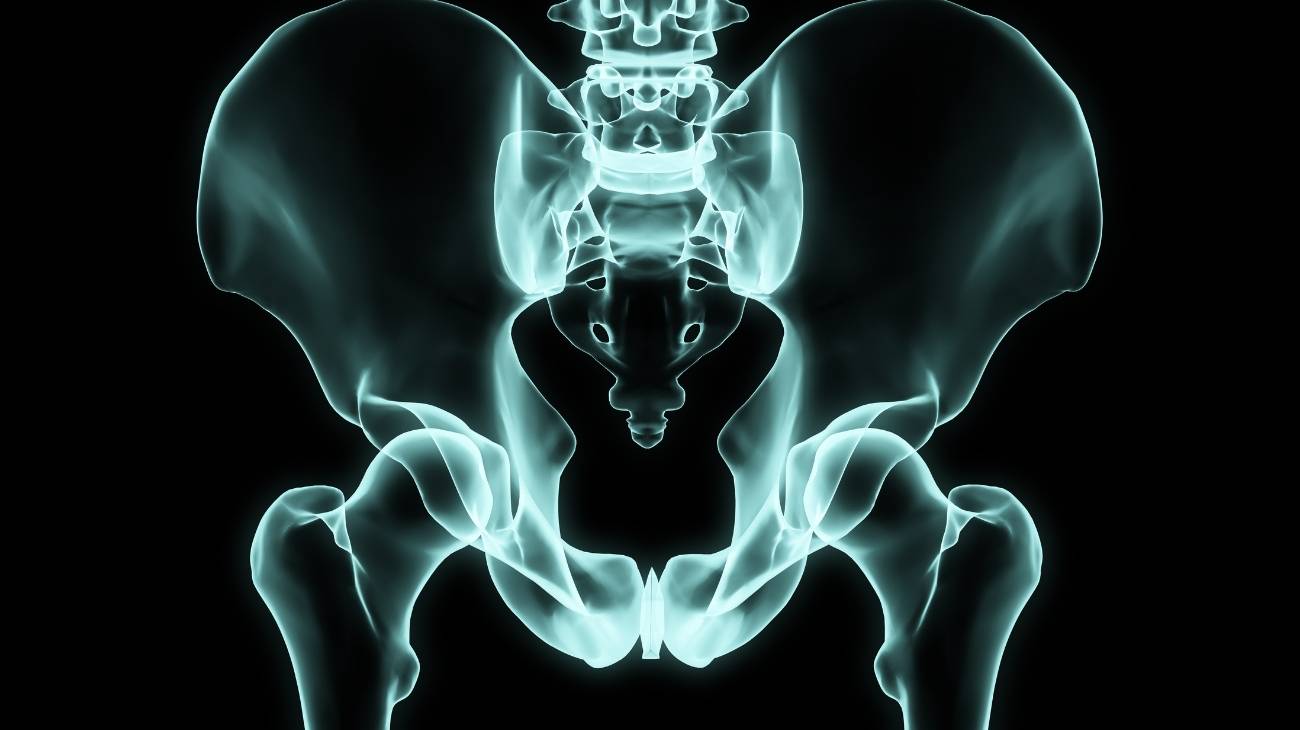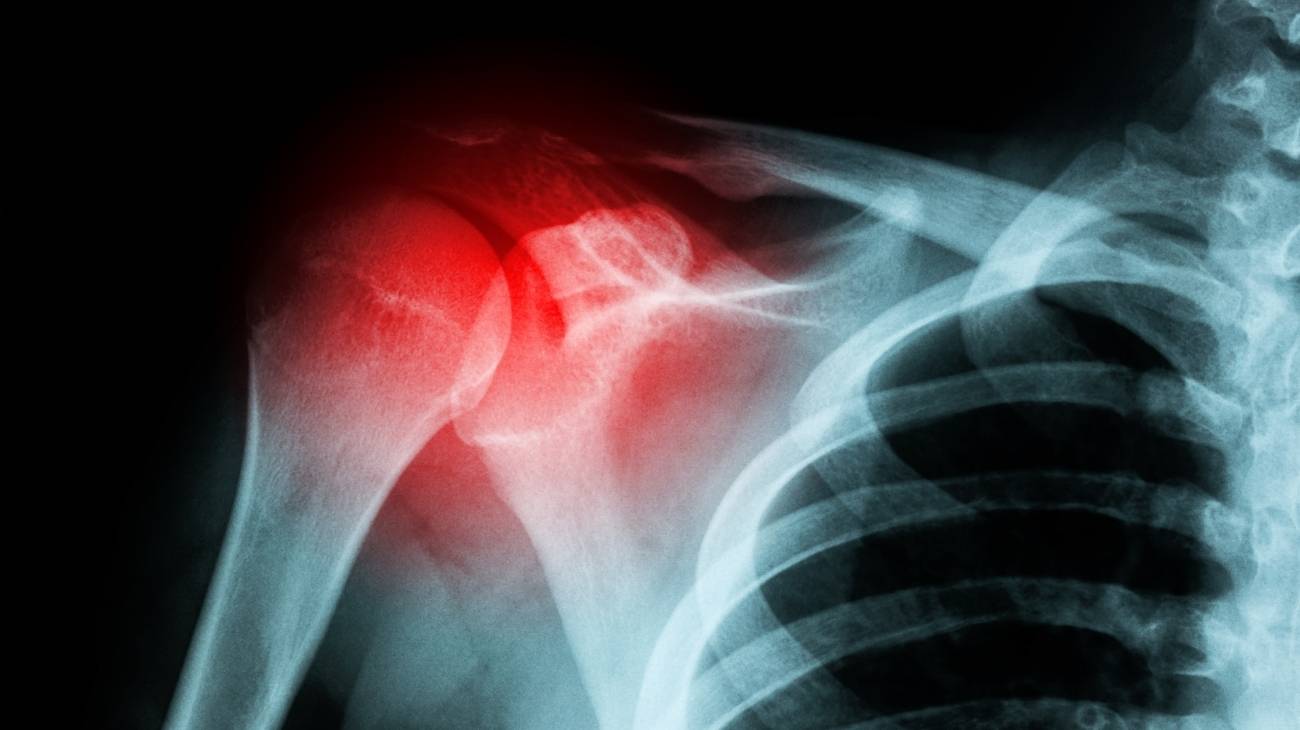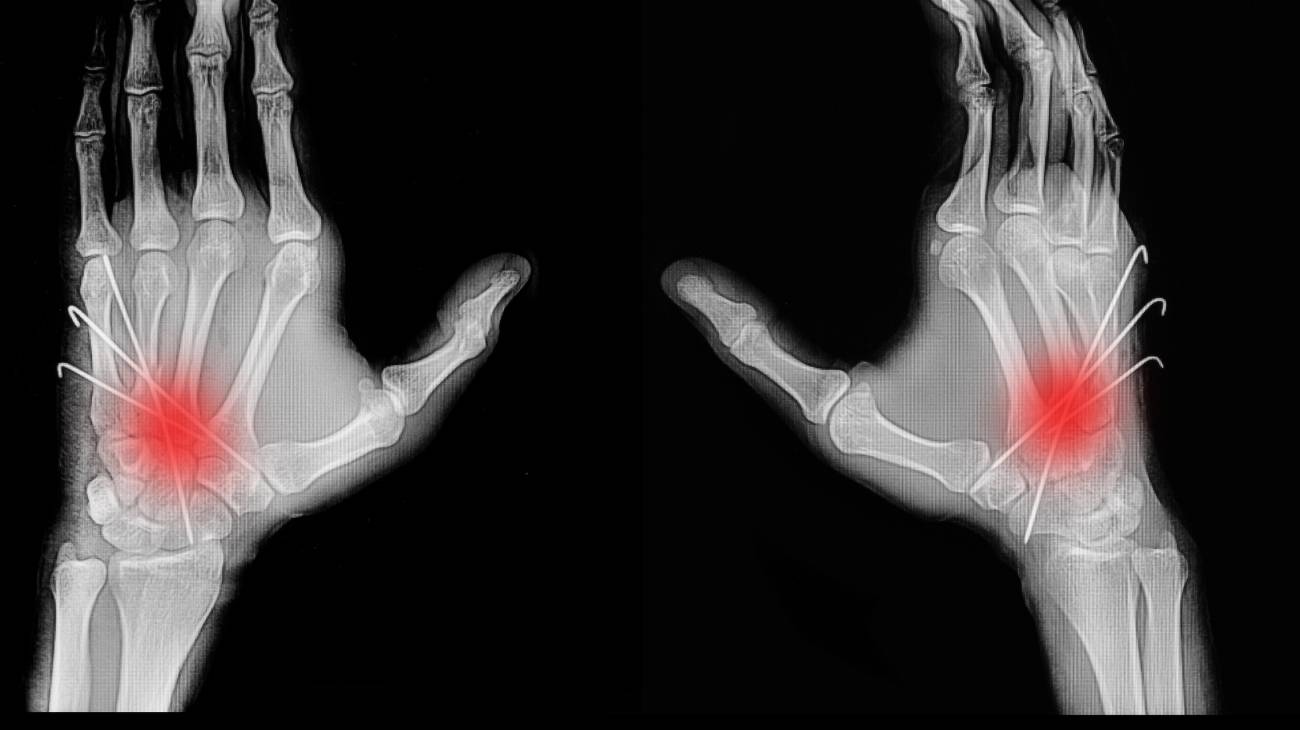- What is a fracture of the wrist bones and how is it diagnosed?
- What types of hand bone fractures are there?
- Best products for wrist fractures
- What are the causes and risk factors for wrist fractures?
- First aid care for treating a wrist or hand fracture
- Most indicated treatments for a wrist and hand fracture
- Rehabilitation after a fracture of the bones of the wrist
- Preventive methods to avoid broken bones in hands and wrists
A fracture is the loss of continuity of a bone or cartilage due to cracking or breakage. Among the most common fractures suffered by the world's population are wrist and hand fractures, both at the level of the bone fragments that make up the wrist and also in the carpal bones.
As it is a type of fracture that occurs very frequently, it is a pathology of great interest to everyone. It is useful to know what this injury consists of, how it is diagnosed, what its causes are, what treatments and care methods it requires.
What is a fracture of the wrist bones and how is it diagnosed?
Basically, a wrist bone fracture, also known as a "broken wrist", is an injury that results in the breakage of one or more bones located in or related to the wrist. In other words, it causes damage to the bony portion of the lower arm. As a result, it has a negative influence on the functioning of the hand.
Now, because the hand must work together with different muscles, tendons, ligaments and bones to function normally, sometimes bone fractures in this part of the body tend to severely injure the soft tissues. Considering that, if such tears are not treated properly, it is possible for the joints to become stiff, weak and deformed, severely disabling the patient.
It is considered vital that people with wrist or hand fractures see a medical specialist to obtain an accurate diagnosis of their injury and from there, be able to undergo optimal treatment to recover from the injury. To diagnose such an injury, doctors begin by performing a physical examination of the afflicted hand to check the patient's symptoms.
A wrist or hand fracture generates the following symptoms:
- Acute pain in the area: which increases with movement or if the patient holds/squeezes objects.
- Swelling and tenderness around the fractured wrist or hand.
- Bruising or haematomas on the impacted part.
- A noticeable deformity that looks like a twisted wrist.
- Limited mobility of part of the hand or wrist.
- Stiffness or inability to move the thumb and/or other fingers.
These are the most common imaging tests used to diagnose this injury:
- X-ray: An X-ray examination or radiological study should be used to see how the bony portion in question has been broken, this method is the most common of all.
- Computed tomography (CT) scan: By default, CT scans have the ability to detect wrist fractures that radiological examinations fail to detect. Whereas, because this type of scan uses technology that allows it to take X-rays from various angles and combine them to represent cross-sections of the body's internal structures, it can even see injuries to soft tissues and blood vessels.
- Magnetic resonance imaging (MRI): A non-invasive technique that uses radio waves and a powerful magnet to generate detailed images of bones and soft tissues, allowing a much more detailed view of the particularities of a bone fracture. Thus, they stand out for being more sensitive than X-rays, in view of the fact that they can identify minimal breaks and even existing injuries at the ligament level.
The hand and wrist is a complex joint containing a total of 10 major bones which are:
- Radius: This is one of the long bones that make up the wrist and is located on the outside of the forearm. It is slightly curved and its proximal end connects to the elbow joint, while the lower or distal end connects to the wrist joint. If broken, a Colles' fracture or Smith's fracture (very common) may occur.
- Ulna: Another of the longest bones of the forearm, it is distinguished by being parallel to the radius and is located between the carpus and the humeral trochlea. Unlike the radius, the ulna is located on the inside of the forearm and therefore articulates with the humerus and radius (superiorly), as well as with the radius and carpal bones (inferiorly).
- The carpal bones: These are eight small bones at the base of the hand and are arranged in two rows. Thus, in the row most adjacent to the wrist, we find the scaphoid, pisiform, pyramidal and semilunate bones. The second row contains the great, hooked, trapezium and trapezoid bones. Although they are small, the truth is that they are vital to form the carpal joints through multiple ligaments that form different joints.
What types of hand bone fractures are there?
In general terms, the following classifications can be distinguished:
- Stable fracture: This is a type of fracture that preserves part of the bone and its cortex without breaking. For this reason, the risk of misalignment is absolutely miniscule.
- Unstable fracture: This refers to complete bone fractures that are aligned, but require immediate immobilisation due to the high risk of losing alignment.
- Interventional or operated unstable fracture: These are fractures that, due to their level of damage, require stabilisation surgically using pins, screws or plates.
- Intra-articular fracture: This is defined as an injury that extends into the affected wrist joint.
- Extra-articular fracture: Unlike the above, this is a crack in the bone that remains on the outside of the wrist joint. In other words, it does not spread towards the inside of the area.
- Comminuted fracture: This is a bone fracture in which the impacted portion of the bone breaks into more than two pieces or very small pieces.
- Multiple fracture: In this case, the bone is broken into numerous fragments and different parts.
- Open fracture: Also known as an "open fracture", this is a fracture that breaks the bone as well as the skin in the area. Because of the risk of infection it requires immediate medical attention.
- Closed fracture: Is a type of tear in which only the bone is broken without breaking the surrounding skin in the area. Therefore, this layer remains intact.
- Colles' fracture: Specifically, it is a pathology that tears a bone of the wrist and is promoted when the patient falls on his outstretched hand with the joint bent backwards. Thus, it generates the fracture of the radius and its end is displaced towards the back of the hand.
- Smith's fracture: This is an injury caused once the subject falls to the ground with the hand bent forward and thus, the wrist suffers the impact directly. In this case, the broken end of the radius is displaced down the palm side of the hand.
Best products for wrist fractures
Bestseller
-
Acupressure Mat and Pillow (Black/Gray)
$49.95 -
Acupressure Mat and Pillow (Green/Navy)
$49.95 -
Acupressure Mat and Pillow (Pink/Bordeaux)
$49.95 -
Foot Massage Roller for Plantar Fasciitis (Black)
$19.95 -
Foot Massage Roller for Plantar Fasciitis (Green)
$19.95 -
Foot Massage Roller for Plantar Fasciitis (Pink)
$19.95 -
Microwave Arthritis Gloves (2 Mittens) (Hearts)
$29.95 -
Microwave Arthritis Gloves (2 Mittens) (Oxford)
$29.95 -
Microwaveable Heating Pad for Pain Relief (Hearts)
$19.95 -
Microwaveable Heating Pad for Pain Relief (Oxford)
$19.95 -
Microwaveable Heating Pad for Pain Relief (Sport)
$19.95 -
Wrist Brace (Black/Gray)
$19.95 -
Wrist Brace (Green/Navy)
$19.95 -
Wrist Brace (Pink/Bordeaux)
$19.95
What are the causes and risk factors for wrist fractures?
By nature, the occurrence of a bone fracture in the wrist can be the result of numerous actions and factors that favour this type of injury.
Below, we highlight the most prominent causes and risk factors:
- A wrist or hand fracture is often the result of a fall. Especially if the affected person falls on the outstretched hand or arm.
- Road traffic accidents are also eventualities that lead to fractures. Both car and motorbike collisions can lead to broken wrist bones and are almost always severe.
- One of the most common sports injuries of all are wrist fractures. Especially when practising skills such as rugby, football, skiing, skating, basketball, snowboarding and horse riding, to name but a few.
- In many cases, osteoporosis is the main reason for a wrist fracture. Osteoporosis thins and weakens the bones, increasing the likelihood of such injuries.
- Sudden movements, especially severe twisting of the wrist, often lead to breakage.
- Individuals with bad habits, such as smoking and drinking alcohol, are potential bone fracture patients. Smoking leads to osteoporosis and alcohol leads to loss of bone density, as well as inciting falls and traffic accidents.
- Age is another risk factor for falls. Over time, the bones of older people become weaker and more fragile. This is the reason for the spread of these breaks.
- An unhealthy diet that generates deficits of calcium, vitamin D and collagen in the body also affects bone structures.
First aid care for treating a wrist or hand fracture
When a person suffers a fracture of this category, the first step to help is to call for trained medical help who can treat the injury correctly. However, during the time that elapses while they arrive on the scene, there are a number of steps that must be taken to prevent the fracture from becoming more serious and the patient's health from being severely damaged.
The following basic first aid care for a bone fracture is as follows:
- Immobilise the affected hand or wrist: The most essential thing to do when a bone in the hand or wrist is broken is to keep the injured area immobile. Therefore, do not try to align the bone or push it inwards as this could make the fracture worse. Instead, encourage the patient to keep the joint still so as not to increase the pain and perceived discomfort.
- Avoid any medication without prior prescription: It is not appropriate for the patient to self-medicate with any drug in order to reduce pain and/or inflammation, without the advice of a professional. This could worsen the person's health and trigger dangerous side effects. Similarly, it is appropriate to prevent them from ingesting anything.
- Monitor vital signs: It is essential to monitor the patient's vital signs after a fracture. To do this, as far as possible, you can take their pulse, check that they are breathing normally and, in short, check that they are conscious. It is also advisable to prevent them from closing their eyes or falling asleep while they are receiving clinical care.
- Help the person if they are in shock: If the patient reports feeling dizzy or has rapid, shortness of breath, you need to help them to relax. This can be done by lying down in a position slightly lower than the trunk and raising the legs to encourage improvement. This condition is often caused by severe pain that persists after a bone fracture.
- Try to calm or control the patient's nervousness: If the injured person shows a state of nervousness, it is very likely that the bone break will worsen and their pain will become more intense. Therefore, do everything possible to reassure the injured person during the waiting time for medical attention.
- Apply cold compresses to the fractured region: If you do this, the patient may feel some relief, as the properties of cold help to reduce pain, limit inflammation and produce a sedative effect. When doing this, bear in mind that it is not advisable to place ice directly on the skin of the wrist or hand to avoid burning it.
- Check if the patient has suffered other injuries: With the approval of the injured person, it is ideal to check whether or not there are other injuries on his or her body. Either by means of the patient's indications or by observing the impacted areas. This is of great interest in order to inform the medical specialists about the condition of the individual.
Most indicated treatments for a wrist and hand fracture
Depending on the diagnosis obtained and the severity of the bone injury, the specialist doctor will be able to determine the most suitable method of treating the pathology and achieve an efficient recovery process.
In general, the following procedure is used to treat the fracture:
- Immobilisation: In order to prevent a more acute break of the affected bone, it is essential to immobilise the wrist in order to restrict the movement of the broken bone so that it can suture properly to regain its regular function. To do this, health professionals usually place a splint or cast on the wrist or hand and recommend keeping the joint above the level of the heart so that pain and swelling are minimised.
- Medication: As pain is the main symptom of such a pathology, doctors have to do everything possible to attack the discomfort, especially if it becomes severe. As a consequence, they will formulate the necessary painkillers and if it is an exposed fracture with a wound or a cut in the skin near the injury, it is vital to prescribe an antibiotic to prevent the bone fragment from becoming infected.
- Surgery: In cases where the injury has not progressed with immobilisation treatment for the appropriate length of time or the fracture has been open, extends into a joint, damages ligaments or nerves and shows loose bone fragments, it is best to perform surgical treatment to position the fractured bone parts properly.
In the event that surgery has to be performed on the fractured hand or wrist, the specialists must determine which procedure is the most appropriate for the patient.
The most common types of surgery are as follows:
- Open reduction surgery and internal fixation: This is a surgical procedure performed using screws, metal rods or plates to repair the broken bone. After surgery, these will remain fixed and under the skin of the wrist or hand.
- Open reduction surgery and external fixation: In this case, instead of implanting certain elements internally, a device is installed that facilitates external fixation of the fractured limb to weld the broken bone portion. This is an external frame that holds the bone above the skin and keeps it in the correct position until it has healed.
Rehabilitation after a fracture of the bones of the wrist
After conservative treatment, which is based on placing a cast or splint on the wrist, the rehabilitation process is lighter because, as it is a minor bone fracture, it only requires about 6 weeks to heal. After immobilisation, a control X-ray is performed to confirm that the wrist bone is correctly fixed.
Subsequently, the area has to be checked weekly (three to four weeks) to detect any further displacements and to determine whether an operation is required. If surgery is not necessary, once the correct evolution of the fracture is observed during the weekly check-ups, the doctor will determine the appropriate time to remove the splint and plaster cast, as well as when to start the rehabilitation period.
During one to two months and in order to guarantee full mobility of the wrist, a series of rehabilitation exercises or physiotherapeutic practices are carried out to help reduce stiffness and gradually restore movement.
The splint or immobiliser must be removed from the wrist after the first week. Then, rehabilitation exercises can begin , which will be planned by the specialist to ensure an efficient recovery as soon as possible.
Preventive methods to avoid broken bones in hands and wrists
Although certain eventualities are impossible to avoid, in reality, there are numerous techniques and prevention methods that help to avoid bone fractures in the wrists and hands.
The following preventive methods are ideal to avoid breaking a bone in the hand or wrist:
- Eat a healthy and balanced diet: With this, just as your organism will show optimal functioning in general, it will also allow you to maintain the health of your bones. In particular, if you consume foods rich in calcium and vitamin D, which are substances that promote the development of bone strength and prevent the appearance of weakness in these structures. You can even choose to take nutritional supplements and combine them with a healthy diet to get the right amounts.
- Practise physical activity on a regular basis: It is important to avoid a sedentary lifestyle and to do sport every day. Exercise increases the amount of bone, strengthens muscles and promotes joint health. As a result, the chances of broken bones are minimised.
- Avoid overtraining: Many bone fractures, including hand and wrist fractures, are caused by overexertion and stress. For this reason, it is advisable to exercise gradually and avoid overtraining, which can cause injuries and, as a consequence, break bones.
- Use comfortable shoes, with non-slip soles and suitable for every occasion: A good formula to avoid falls is to use shoes that fit your feet perfectly, are suitable for certain sports and, if possible, have non-slip soles. It is also suggested that you stop wearing high-heeled shoes.
- Don't smoke or drink alcohol: These unhealthy habits are known to cause bone fractures. Smoking stimulates the onset of osteoporosis, while alcohol causes bone loss, leads to falls and causes traffic accidents in many cases.
- Make sure you wear the right protective equipment during sports activities: To avoid knocks or injuries, it is important to use wrist guards or other appropriate protective gear to protect your wrists and hands. Especially for training in high-risk activities.
- Get medical treatment, if necessary, to control other pathologies that cause fractures: For example, if you suffer from osteoporosis, it is essential that you visit a professional to undergo treatment to prevent further weakening of the bones. In addition, to prevent accidents, you should also see an ophthalmologist to treat your eyesight, if required.
- Prevent falls in your home: It is important to keep the floor of your home fully conditioned to prevent accidents. In this case, choose to keep it free of clutter, remove carpets or loose wires, leave furniture or decorative objects in their usual place and do not use slippery wax when cleaning.
- When going up or down stairs, it is essential that you use handrails for support. Also, if they are in your home, make sure you have good lighting on them with light switches at the top and bottom, you can also install handrails on both sides and even place glossy tape on the steps to differentiate them more easily.
- In the kitchen of your home, you should clean up liquid or food spills once they occur, as well as place non-slip mats on the floor near the sink and cooker. This will also reduce the risk of falls leading to broken bones.
- In bathrooms, it is appropriate to have rubber mats that are non-slip inside the shower or to use bath slippers with non-slip soles, as well as to install bars next to the shower, bathtub and toilet so that you can hold on to the walls and avoid falling.
- In bedrooms, it is recommended to install light switches within reach of the bed or have battery-operated torches handy to prevent darkness when you get up at night. This is one of the main causes of home accidents.
References
- Hanel, D. P., Jones, M. D., & Trumble, T. E. (2002). Wrist fractures. Orthopedic Clinics, 33(1), 35-57. https://www.orthopedic.theclinics.com/article/S0030-5898(03)00071-3/fulltext
- Goldfarb, C. A., Yin, Y., Gilula, L. A., Fisher, A. J., & Boyer, M. I. (2001). Wrist fractures: what the clinician wants to know. Radiology, 219(1), 11-28. https://pubs.rsna.org/doi/abs/10.1148/radiology.219.1.r01ap1311
- Altissimi, M., Antenucci, R., FIACCA, C., & MANCINI, G. B. (1986). Long-term results of conservative treatment of fractures of the distal radius. Clinical Orthopaedics and Related Research®, 206, 202-210. https://journals.lww.com/clinorthop/Abstract/1986/05000/Long_term_Results_of_Conservative_Treatment_of.35.aspx
- Van Onselen, E. B. H., Karim, R. B., Hage, J. J., & Ritt, M. J. P. F. (2003). Prevalence and distribution of hand fractures. Journal of Hand Surgery, 28(5), 491-495. https://journals.sagepub.com/doi/abs/10.1016/s0266-7681%2803%2900103-7
- Barton, N. J. (1984). Fractures of the hand. The Journal of bone and joint surgery. British volume, 66(2), 159-167. https://online.boneandjoint.org.uk/doi/abs/10.1302/0301-620X.66B2.6707048
- Klotzbuecher, C. M., Ross, P. D., Landsman, P. B., Abbott III, T. A., & Berger, M. (2000). Patients with prior fractures have an increased risk of future fractures: a summary of the literature and statistical synthesis. Journal of bone and mineral research, 15(4), 721-739. https://asbmr.onlinelibrary.wiley.com/doi/full/10.1359/jbmr.2000.15.4.721
- Court-Brown, C. M., & Caesar, B. (2006). Epidemiology of adult fractures: a review. Injury, 37(8), 691-697. https://www.sciencedirect.com/science/article/abs/pii/S0020138306003238
- Singer, B. R., McLauchlan, G. J., Robinson, C. M., & Christie, J. (1998). Epidemiology of fractures in 15 000 adults: the influence of age and gender. The Journal of bone and joint surgery. British volume, 80(2), 243-248. https://online.boneandjoint.org.uk/doi/abs/10.1302/0301-620X.80B2.0800243
- Bischoff-Ferrari, H. A., Willett, W. C., Wong, J. B., Giovannucci, E., Dietrich, T., & Dawson-Hughes, B. (2005). Fracture prevention with vitamin D supplementation: a meta-analysis of randomized controlled trials. Jama, 293(18), 2257-2264. https://jamanetwork.com/journals/jama/article-abstract/200871
- Patel, D. S., Roth, M., & Kapil, N. (2011). Stress fractures: diagnosis, treatment, and prevention. American family physician, 83(1), 39-46. https://www.aafp.org/pubs/afp/issues/2011/0101/p39.html











